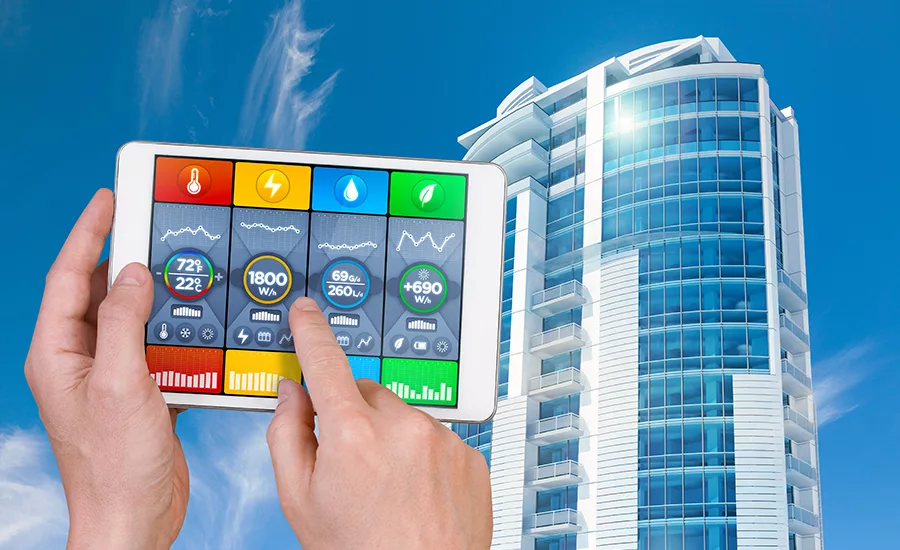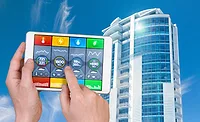Security’s Central Role in Smart Buildings

Maxiphoto/iStock / Getty Images Plus via Getty Images
What’s in a Name? If you plug in the term “smart building” to Wikipedia it automatically redirects you to the term “building automation.”
Here is Wikipedia’s definition:
“Building automation is the automatic centralized control of a building’s HVAC (heating, ventilation and air conditioning), electrical, lighting, shading, access control, security systems, and other interrelated systems through a Building Management System (BMS) or Building Automation System (BAS). The objectives of building automation are improved occupant comfort, efficient operation of building systems, reduction in energy consumption, reduced operating and maintaining costs, increased security, historical performance documentation, remote access/control/operation, and improved life cycle of equipment and related utilities.”
Let’s take a brief look at a few of those objectives and the role the security system plays in each of them.
- Improved occupant comfort: Smart buildings centralize and control systems such as temperature and lighting, relying on the security system to notify those systems when a change is needed. This offers occupants individualized experiences such as turning the temperature to a specific setting and turning on the lights in their office as soon as the building knows they have arrived, based on their access control badge or video surveillance to see they have driven into the garage. Post-pandemic “comfort” has also come to mean “healthy,” and air quality and contact tracing have been added to the mix.
- Efficient operation of building systems and reduction in energy consumption: The same types of systems touched on above are at play here. Turning off lights and lowering or raising temperature when no one is occupying an area both increases efficiency and reduces energy consumption, thus saving money. Newer technologies such as video analytics and AI help automate these features even more.
- Reduced operating and maintenance costs: One of the biggest recent trends these days is the rise of the hybrid workforce. Smart buildings are increasingly being utilized to help with this, employing technology such as access control and video surveillance (particularly combined with AI and analytics) to determine usage patterns for “hoteling;” making sure spaces are used to the best purpose; or even rethinking how spaces are used and managed to be as efficient as possible.
- Increased security: It seems obvious that smart buildings have more security — often they do — but today this encompasses more than just physical security. Smart buildings now have to focus on both physical and cybersecurity, as operational technology (OT) has increasingly become just as big a target as information technology (IT) and hackers seek to cause physical as well as cyber mayhem. This convergence of technologies is something smart buildings are already primed to be able to do.
- Remote access/control/operation: Remote connectivity is the life blood of the smart building. With cloud solutions more and more prevalent, this connectivity is now easier than ever before. Smartphones can connect automatically to locks, elevators, printers and much more, allowing for easier interaction and control. Not to mention cloud-based systems can provide easy access to information about all kinds of building processes from anywhere in the world.
These are just the tip of the iceberg when it comes to the ways that smart buildings rely on security as the heart of the system. New security technologies are arriving all the time to make smart buildings even smarter. From drones to artificial intelligence, the possibilities going forward are endless.
Looking for a reprint of this article?
From high-res PDFs to custom plaques, order your copy today!




.webp?height=200&t=1663184436&width=200)
